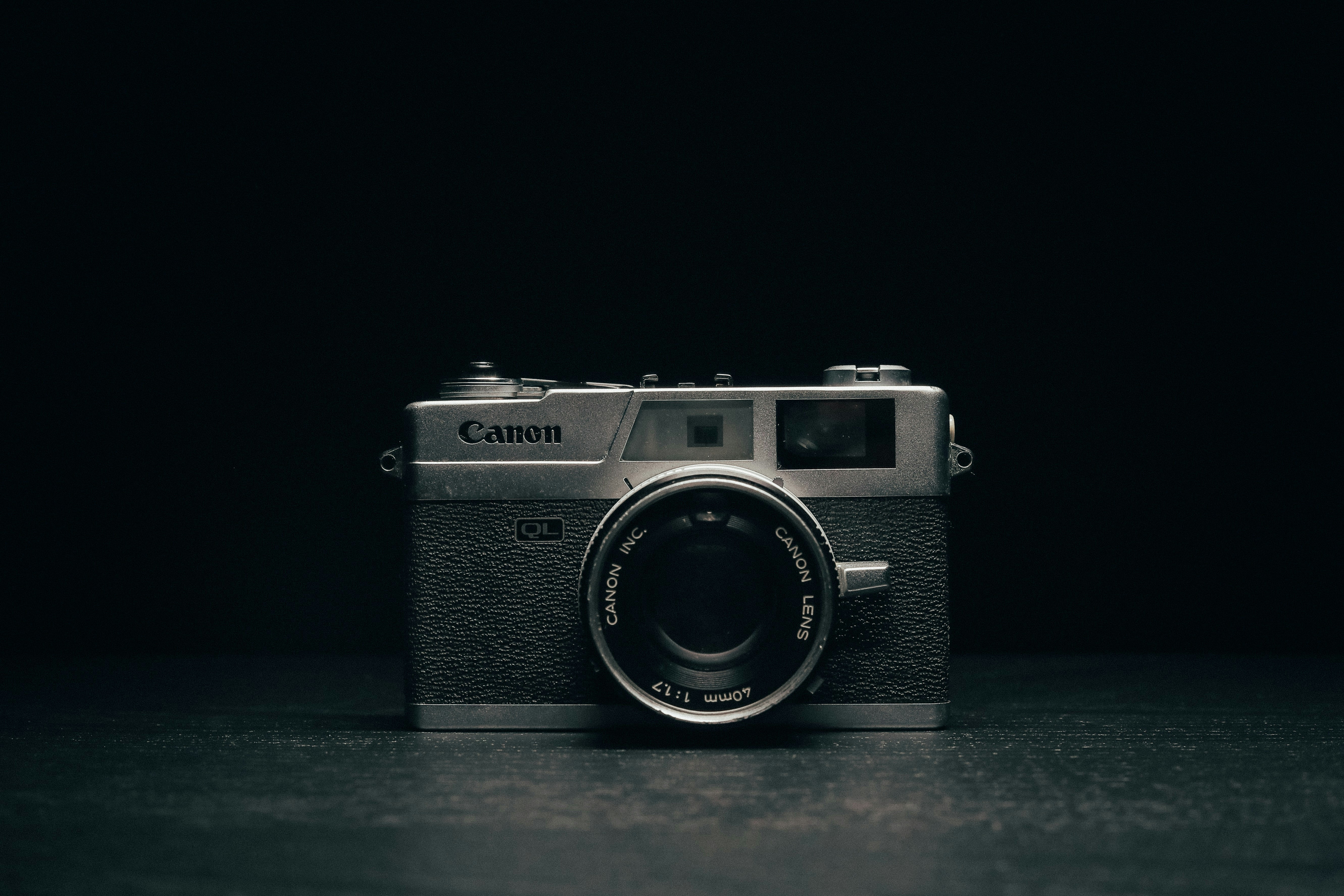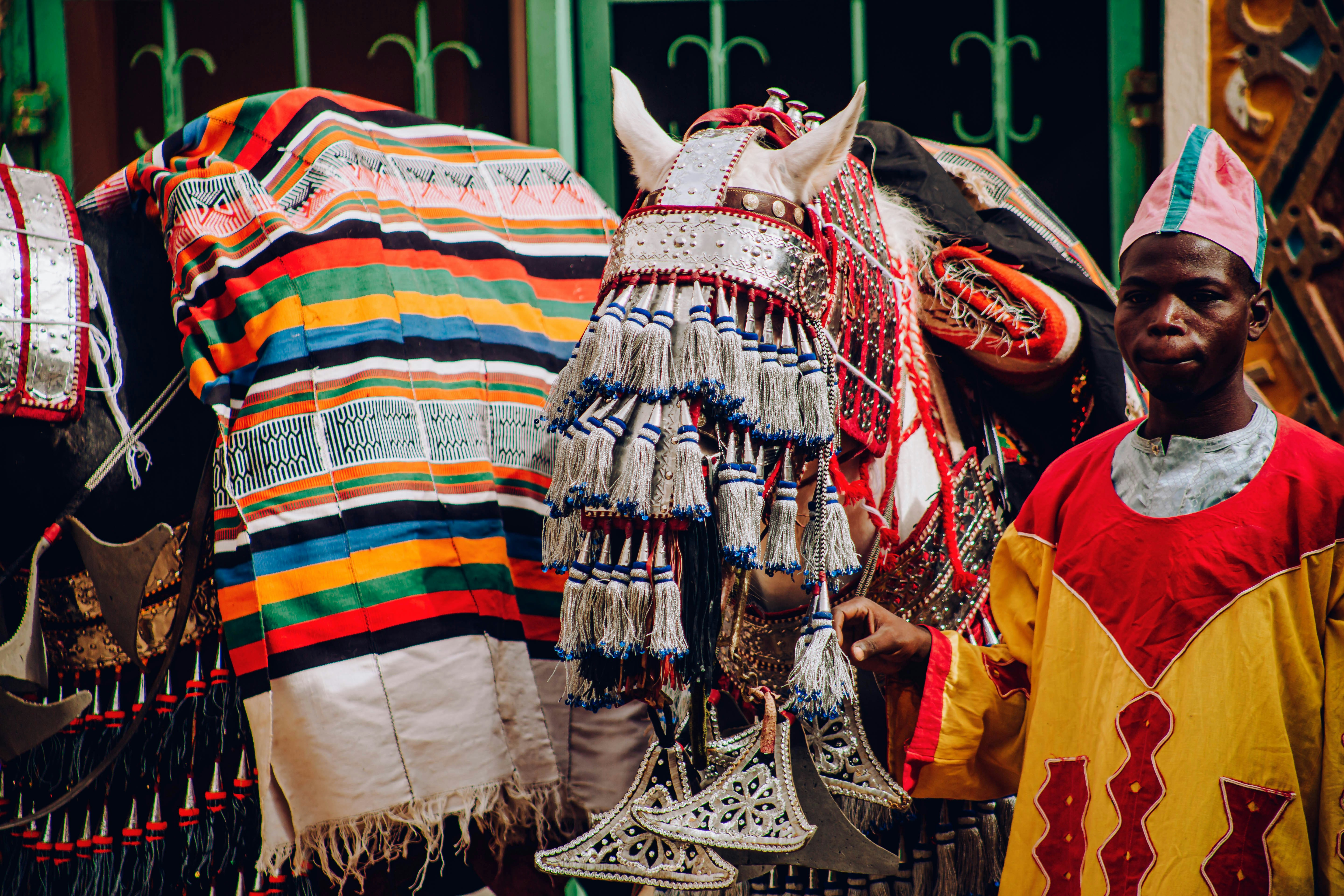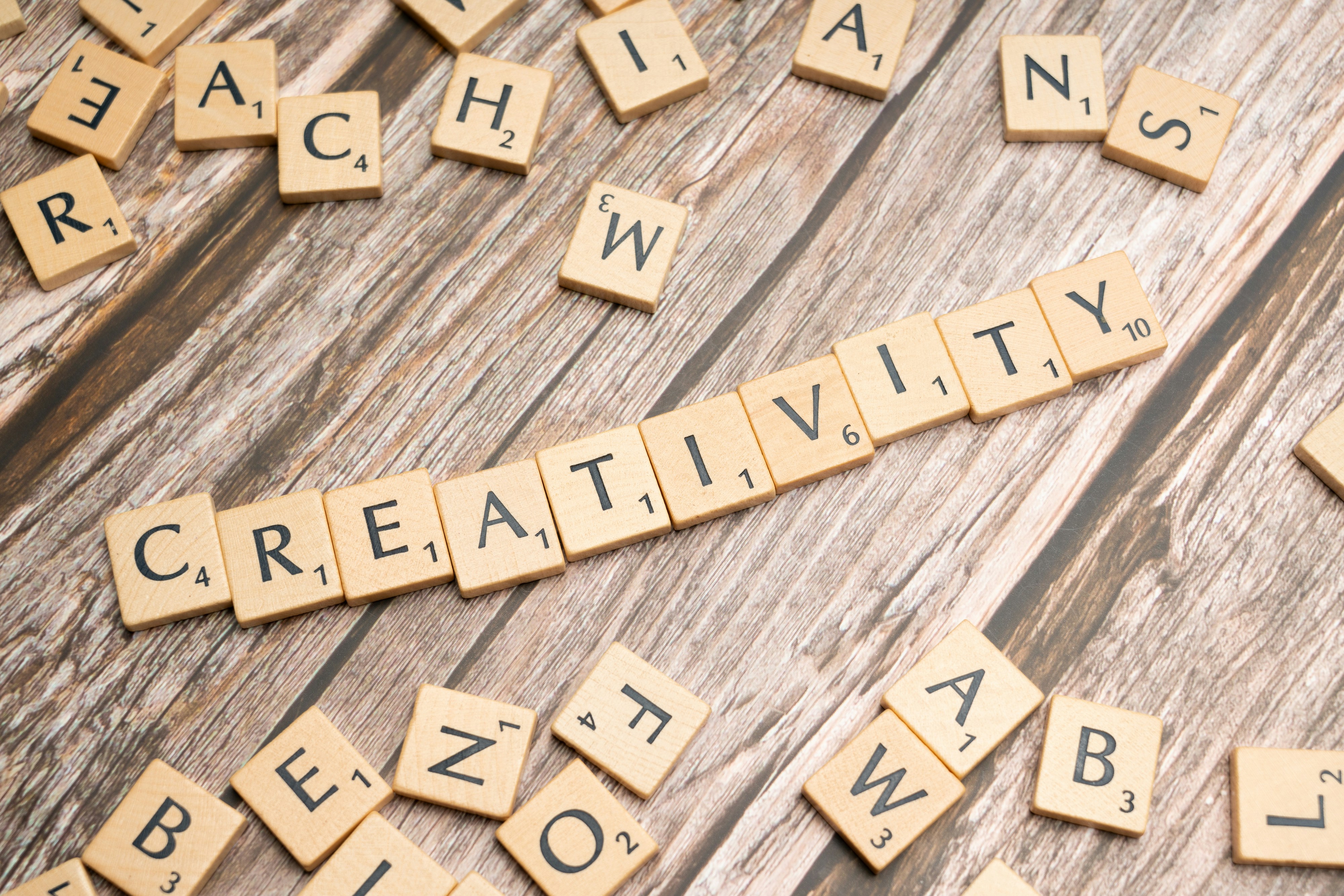The Time Traveler's Lens: Photography Gear Innovations Evolved
In the world of photography, every click of the shutter tells a story, capturing not just moments but also the evolution of technology through the ages. Understanding how historical events have shaped contemporary photography gear can enhance your experience behind the lens, igniting a spark of creativity. As a photographer, whether you're wielding a classic film camera or the latest mirrorless innovation, there are lessons to be gleaned from the past, informing gear choices that suit your unique vision.
The Historical Context of Photography Gear
Photography, founded in the early 19th century, was born from fascination with light and its properties. The advent of the daguerreotype in 1839 launched a revolution, making photography accessible to those outside the realms of the elite. This historical milestone became a springboard for advances in photography gear, driven by societal change and technological progress. Understanding these roots allows us to appreciate the present state of photography gear.
For instance, consider how wars have historically spurred technological advancement. World War I and II led to innovations in optics and film speed, directly influencing gear design for the future. The demand for high-quality reconnaissance photography pushed manufacturers to accelerate their development processes, giving rise to features we associate with modern cameras—a topic further explored in our article on historical techniques and how they resonate today.
The Impact of Consumer Society on Gear Development
As photography transitioned from a niche skill to a popular hobby, the rise of consumer culture in the mid-20th century significantly impacted gear development. Mass production techniques enabled the creation of affordable cameras, encouraging more individuals to explore photography as a means of personal expression. This democratization of photography reflects a broader societal shift, emphasizing the importance of accessibility in the artistic realm.
Fast forward to the digital revolution, where technology again reshaped consumer photography gear. Digital cameras with advanced features such as auto-focus, in-camera editing, and connectivity became pivotal in redefining how we engage with photography. Embracing these shifts, photographers now have countless gear options that enhance their workflow. For a deeper understanding of how our surroundings influence gear choices, refer to our article on gear choices based on environmental context.
Technological Innovations as Historic Signifiers
When exploring the theme of historical events impacting gear innovations, we must also consider the cultural movements that have influenced photography, such as the rise of the Art Deco movement in the 1920s. This era’s emphasis on geometric forms and elegant designs can be seen echoed in the streamlined aesthetics of modern camera gear. The philosophy behind these designs often speaks to a desire for beauty, drawing on the past to inspire contemporary creativity.
Additionally, technological advancements, such as improvements in lens quality or the advent of smartphone cameras, are modern manifestations of these historical ideologies. They provide insights into consumer needs, shaping both professional and hobbyist tools alike. For an exploration of how the emotional aspect of photography ties to our understanding of gear and its impact, you might find our piece on emotional intelligence in gear choices to be quite enlightening.
Learning from the Past: Essential Photography Techniques
While gear innovation often reflects societal changes, returning to foundational techniques is crucial for any photographer. Historical photographic techniques like the cyanotype and wet plate collodion processes offer valuable lessons in composition and storytelling. These methods challenge modern photographers to slow down, emphasizing intention and creativity over rapid output.
For example, the way photographers of the past manipulated exposure and light can enhance contemporary skills when you master light and shadows with your gear choices. As discussed in our detailed guide, mastering light and shadows can transform the quality of your images, creating more compelling visual narratives.
Gear Innovations That Echo Historical Developments
The transition from film to digital was not merely mechanical; it represented a fundamental shift in how we perceive and create images. Today, gear innovations like mirrorless cameras, smart autofocus systems, and AI-driven photography apps provide remarkable capabilities previously thought unattainable. These advancements enable photographers to push boundaries further and explore new creative avenues.
For instance, AI-powered tools that offer real-time editing or suggest shot compositions derive from lessons learned throughout photography's evolution. They combine historical awareness with contemporary technology, providing a platform for artistic growth. By recognizing this connection, photographers can select tools that genuinely resonate with their vision and style.
This interplay between technology and artistry is explored in our article on emotional storytelling in photography, which delves into how advancements can elevate not just technical quality but emotional engagement in photography.
Cultural Narratives and Gear Choices
As society progresses, so too does the storytelling aspect of photography. Today, cultural narratives play an essential role in shaping photographic practices and the gear we use. Cultural influences can often dictate what stories need telling, selecting optimal gear that enhances those narratives. Understanding various cultural lenses allows photographers to better connect with their subjects and audiences.
For a deeper dive into this theme, our article on cultural narratives discusses how these elements shape our choices in photography gear. By embracing diverse perspectives, photographers can craft rich, layered stories that resonate across various contexts and cultures.
The Future of Gear: A Hybrid Approach
As we cast our gaze forward, the next wave of innovation will likely continue to blend historical insights with future possibilities. Hybrid cameras, which combine the best of digital and film, reflect a longing for authenticity in a culture dominated by rapid technological advancement. This contrasts with minimalist gear movements, wherein the focus is on simplicity and artistic expression.
Striking a balance between these trends can yield rewarding results. Our post on the gear paradox explores how minimalist approaches can coexist alongside more advanced technologies, encouraging you to find joy in simplicity without sacrificing creative output.
Photography Techniques: Staying Inspired by the Past
Engaging with historical techniques remains invaluable, even in a digitally dominated era. Techniques from the past instill a sense of patience, encouraging photographers to consider every shot mindfully. For instance, mastering long exposure and motion blur provides a profound understanding of light manipulation—an essential skill that can amplify creative storytelling.
This is echoed in our article on long exposure techniques, illustrating how such methods can be seamlessly integrated with modern gear to create unique atmospheres in photography.
Enhancing Creativity Through Sensory Engagement
Another avenue to explore is the sensory experience of photography, which can deeply influence your gear selection. Engaging with photography goes beyond visual components; the sense of sound, smell, and feel can shape how you capture images. As the landscapes you engage with become more vibrant, so do the tools you choose. Techniques that involve soundscapes or tactile experiences in photography open new paths for emotion-rich storytelling.
This concept is elaborated in our piece on using textured surfaces to elevate your imagery. Embracing these layers can significantly enhance your photography gear experience, creating a multi-dimensional narrative.
Next Steps for Photographers
To blend historical insights into your photography practice, consider the following steps:
-
Research Historical Techniques: Explore various photographic methods from the past and see how they can inform your current work. Study historical photographs and the stories behind them.
-
Experiment with Gear: Invest in a range of gear that balances cutting-edge technology with classic styles. Discover how these choices express your artistic vision.
-
Connect with Culture: Engage with diverse storytelling methods. Immerse yourself in different narratives to enrich your photographic messages, inspiring deeper connections.
-
Mind Your Environment: Reflect on how your surroundings influence your gear choices and your storytelling. Adapt your approach to fit the context.
-
Engage the Senses: Explore how sound, touch, and smell impact your photographic approach. Utilize these sensory elements to evoke richer responses from your audience.
By merging the past and present, you can cultivate a comprehensive understanding of photography gears—one that's not just rooted in innovation, but in historical context, cultural narratives, and sensory engagement.
: Explore how historical events shaped modern photography gear innovations. Discover insightful tips and techniques that elevate your photography practice today.












